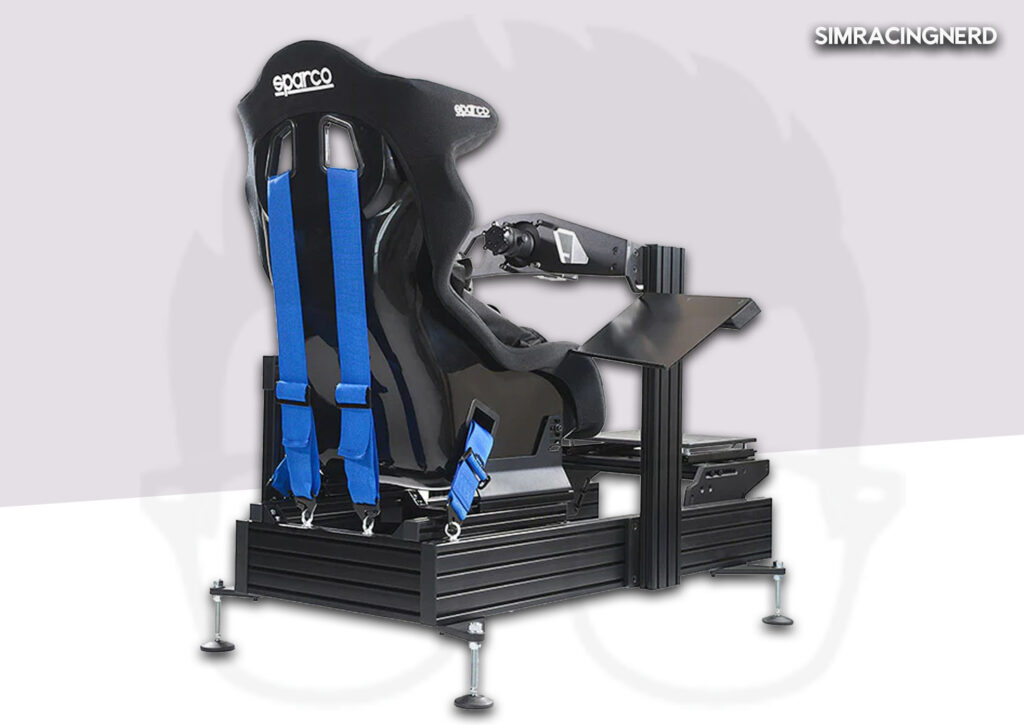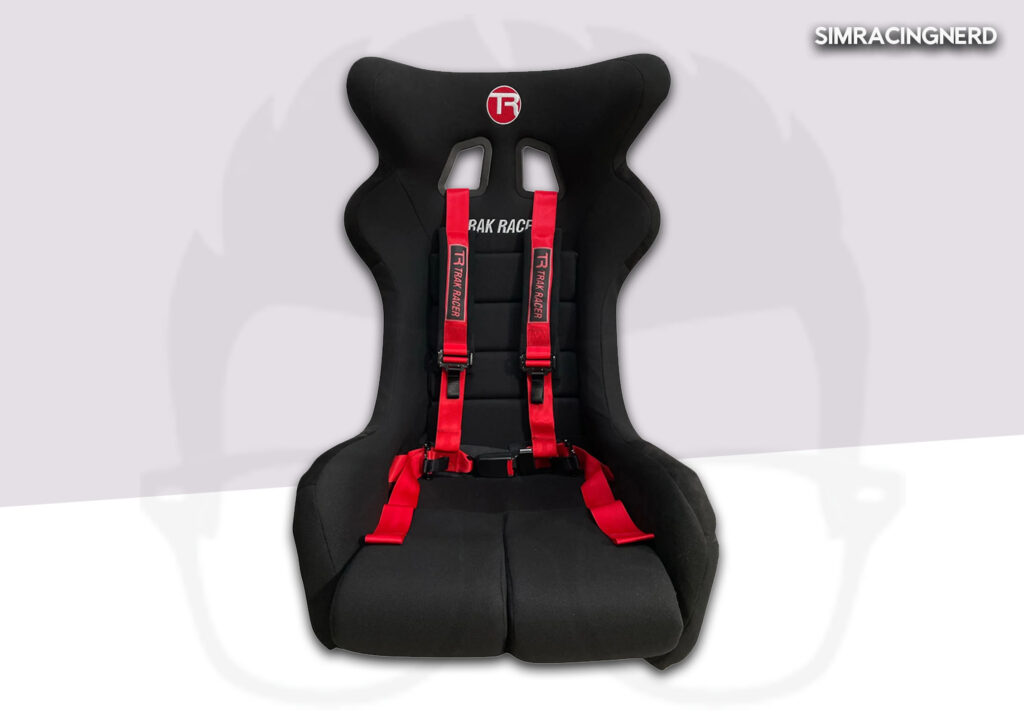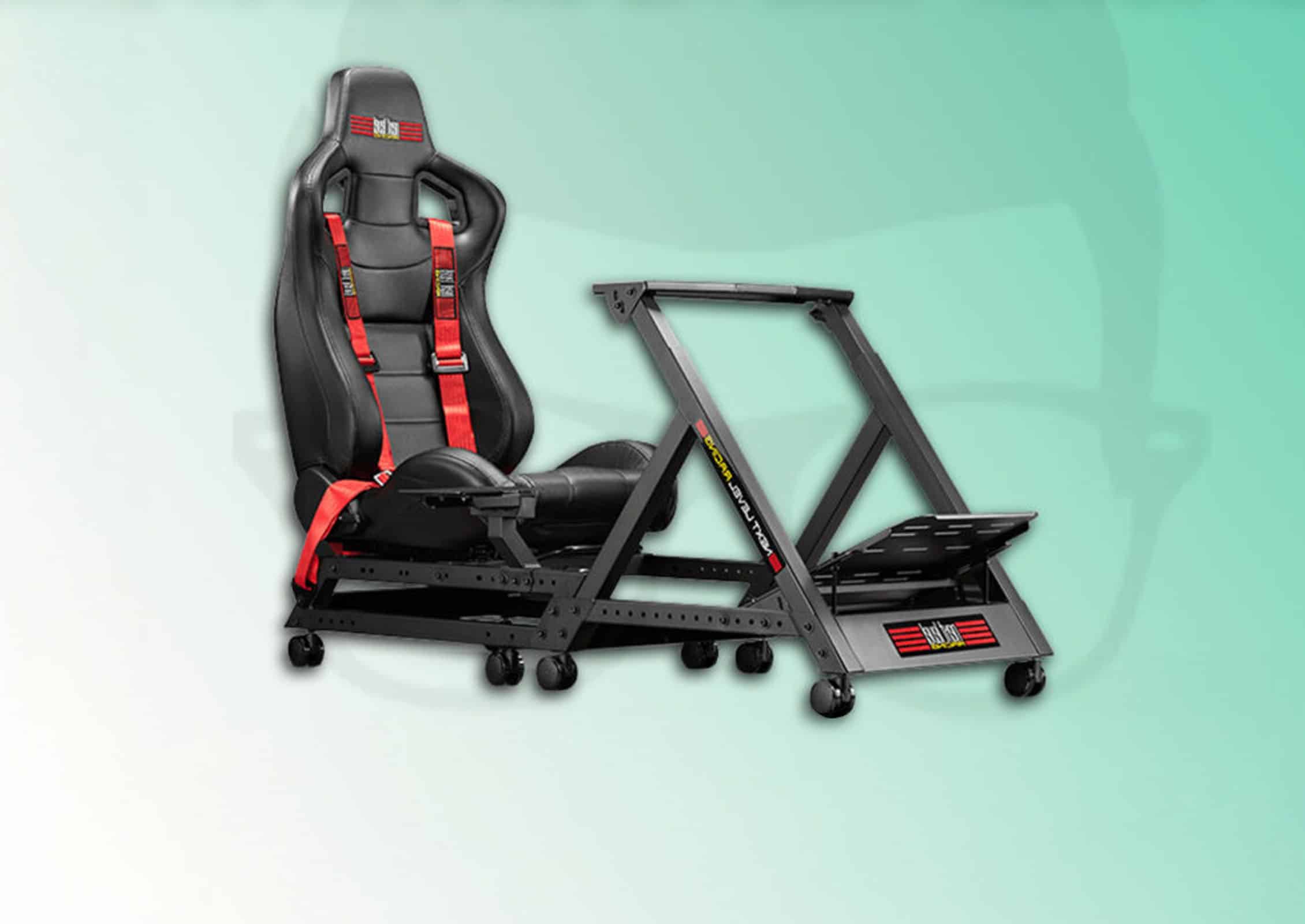Each virtual racer has his or her own checklist for optimal racing immersion. There are gamers looking purely for fun on arcade titles like Need For Speed or Forza Horizon, and their sim-racing setup is often basic with products from Logitech or Thrustmaster. Of course, it’s not out of the question for racers to invest more in their rigs, such as with an entry-level Direct Drive base that allows them to have fun racing, as well as opening the doors to sim-racing at a higher level.
And we also have racers who are here for the immersion that titles like Assetto Corsa, rFactor or iRacing provide, and their setup reflects this in grand style. We’re talking Direct Drive bases developing over 15 nm of torque, LC pedals, cockpit, shifter, curved screen, etc. These setups cost an arm and a leg, but offer, in return, unrivalled immersion in sim-racing, and that’s the ultimate goal of the discipline.
In 2025, the virtual racing market is populated by brands operating in different segments, with products ranging from the generalist to the specific. For example, racing gloves; some racers say there’s no point in having them, while others find them essential, especially in endurance races where it’s quick to sweat from the hands. In the same vein, some racers install harnesses on their cockpits to add an extra layer of immersion. Is this really essential? Well, let’s find out.
What is a harness?

A harness is a safety device installed on a car to protect the driver in the event of impact or body movement, by securing him or her to the seat. Basically, it’s an improved, safer version of a seatbelt, found on every car on the road since the 70s and 80s (spoiler alert: vehicles were not built with head-up safety). The harness is a key safety element in motor racing, with FIA (Fédération Internationale de l’Automobile) homologations changing every 2-3 years.
The harness is installed directly on the car’s chassis, or on the roll cage if so equipped, to ensure maximum safety and, above all, a perfect fit. There are different types of harness on the market, and on cars of course, which we’ll look at next.
Harness types
Whether your car is fitted with a harness as standard or not (some Porsches are, for example), there are mainly 4 types of this safety equipment: 3-point, 4-point, 5-point and 6-point harnesses. The points are the number of straps that are attached to the chassis and pull you tight, just like a seatbelt.
The 3-point harness uses 3 straps: 2 on your shoulders and one on your pelvis, to ensure a good compromise between staying in the seat during cornering, braking and possible impact, and ease of buckling. It’s ideal for a car you drive every day to work, and use for track days at the weekend.
For other harnesses, the more points you increase, the more straps you have. So, for the 6-point harness, you have 2 on the shoulders, 2 on the pelvis and 2 on the legs. This type of harness is used in racing cars with FIA homologation. It’s the best for safety, as you won’t move from your seat at all during lane changes, braking and the rest of the race. However, it’s expensive to install on your vehicle, and homologations are revised fairly often (usually every 2 or 3 years), so you’ll have to change your harness if you want to continue racing on the track.
Is a harness essential for sim-racing?

Well, answering that question isn’t as simple as it sounds, and for one reason only: subjectivity. You may find a piece of equipment necessary for your rig sim-racing, while another runner may not have the same opinion. It’s like the story of dashboards, gloves and running shoes; it remains an open debate with each opinion their own best depending on the person.
But back to harnesses. Should you have it in your rig sim-racing? Personally, I’m all for the most immersive experience possible. So if a harness can make me feel even more like I’m in the cockpit of a racing car, then I’m all for it. However, there’s no need to penalize yourself financially for the pleasure of buckling a 6-point harness onto a chassis that won’t move at all.
My vision is quite simple: if a piece of equipment gives me better sim-racing immersion and doesn’t cost much, then I’ll take it. I’m not talking about functional equipment, such as a DD base, crankset or shifter. These products are essential to a sim-racing rig in my opinion, because they make all the difference on the track.
For the harness, you can find a 3-point harness for around €50 from various brands available on the market. That’s not very expensive in absolute terms, and it’s more than enough for sim-racing to give you that extra bit of immersion. Of course, if you can afford a 6-point FIA harness, treat yourself.








0 Comments